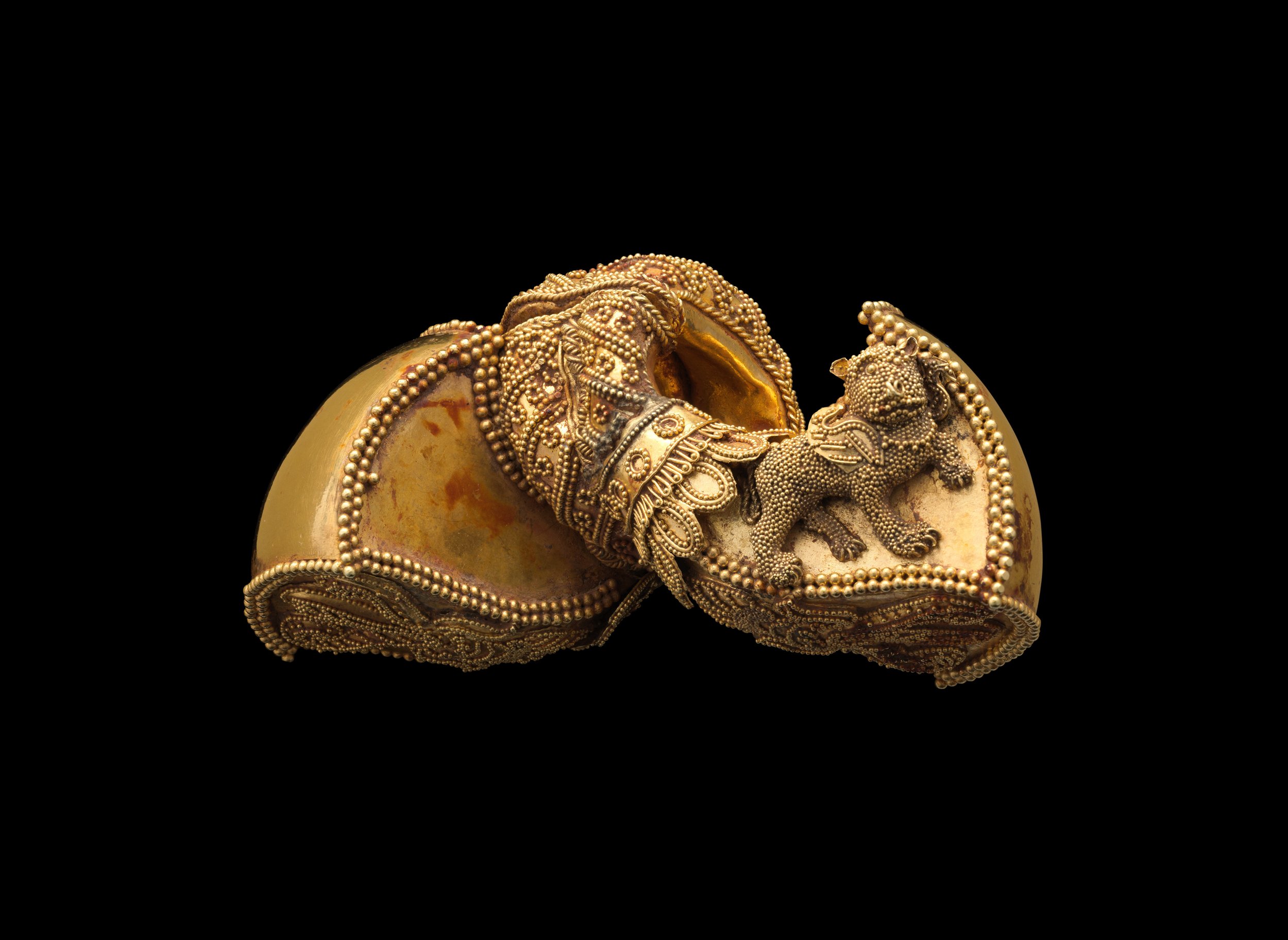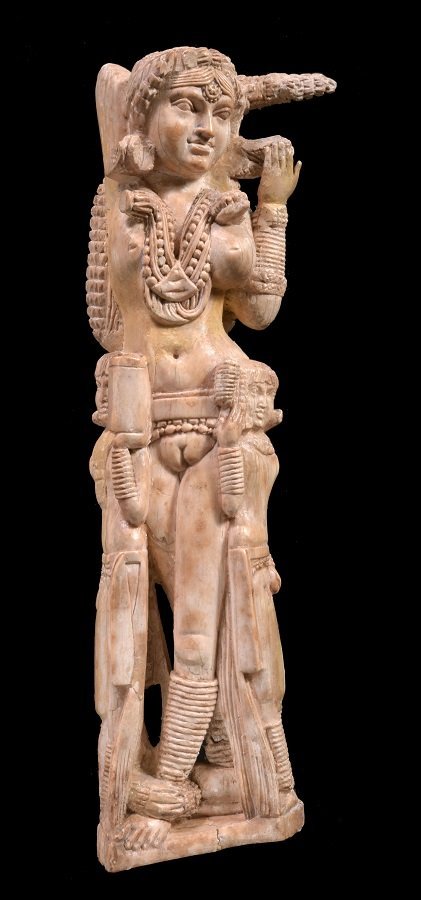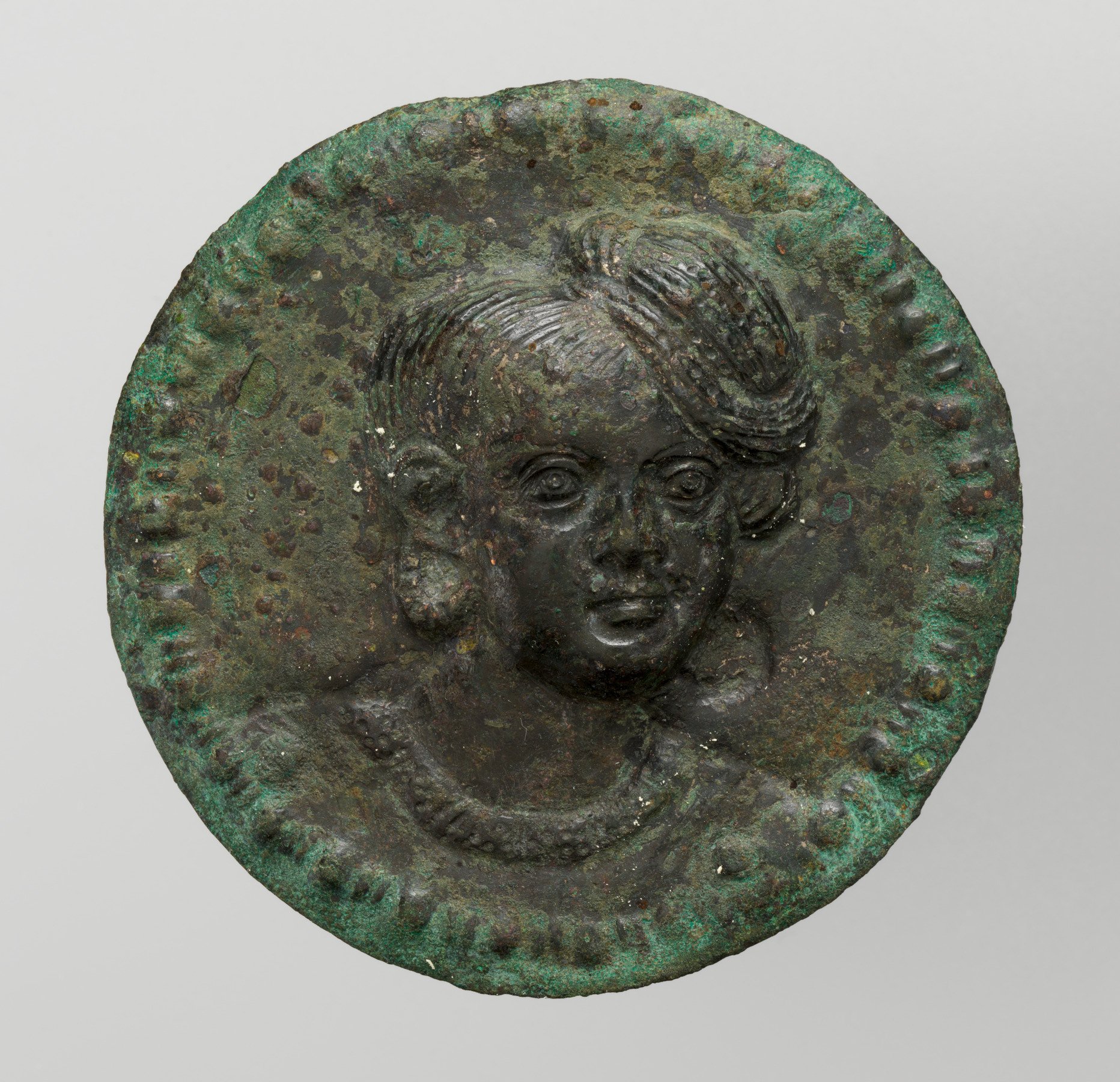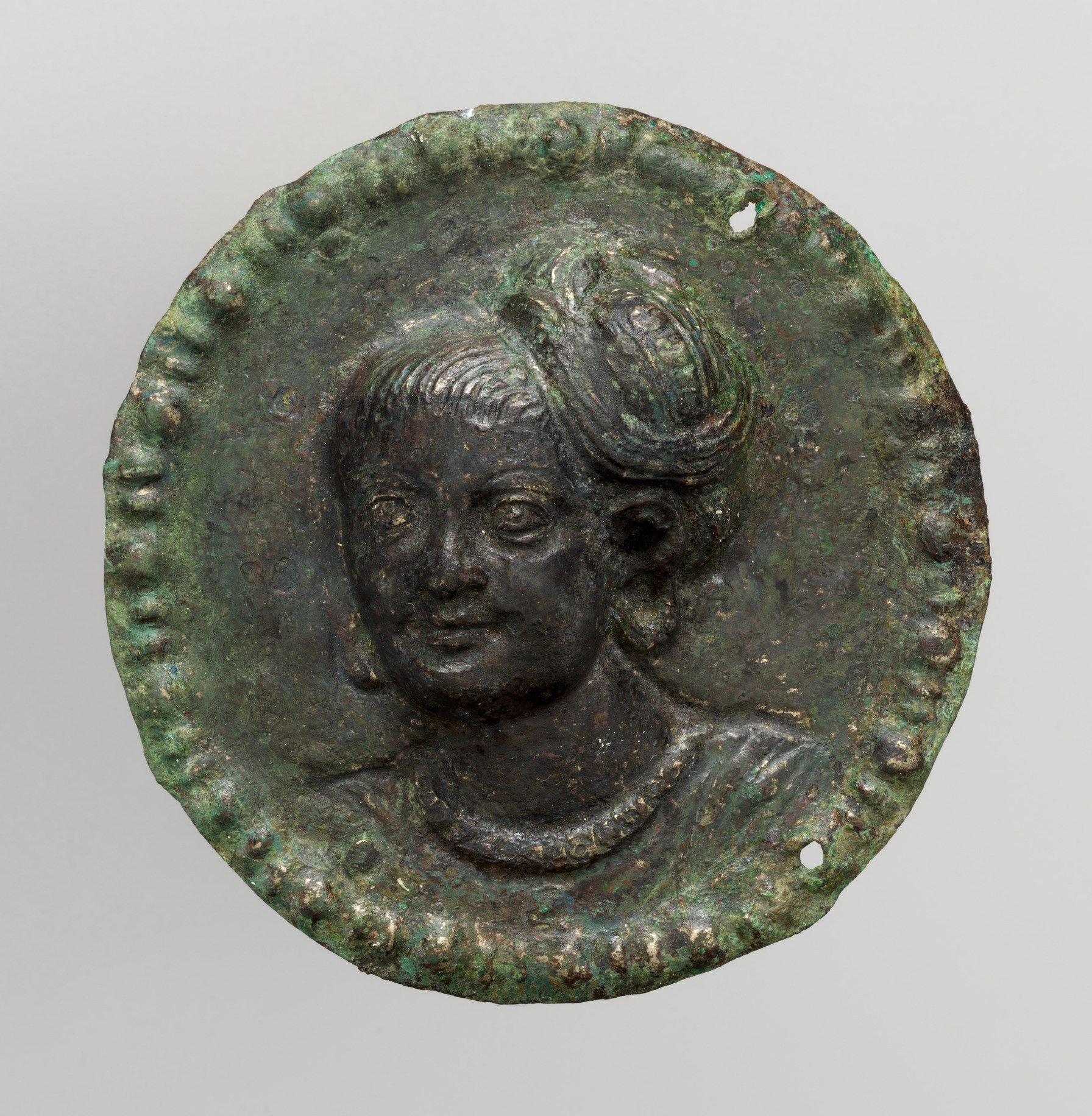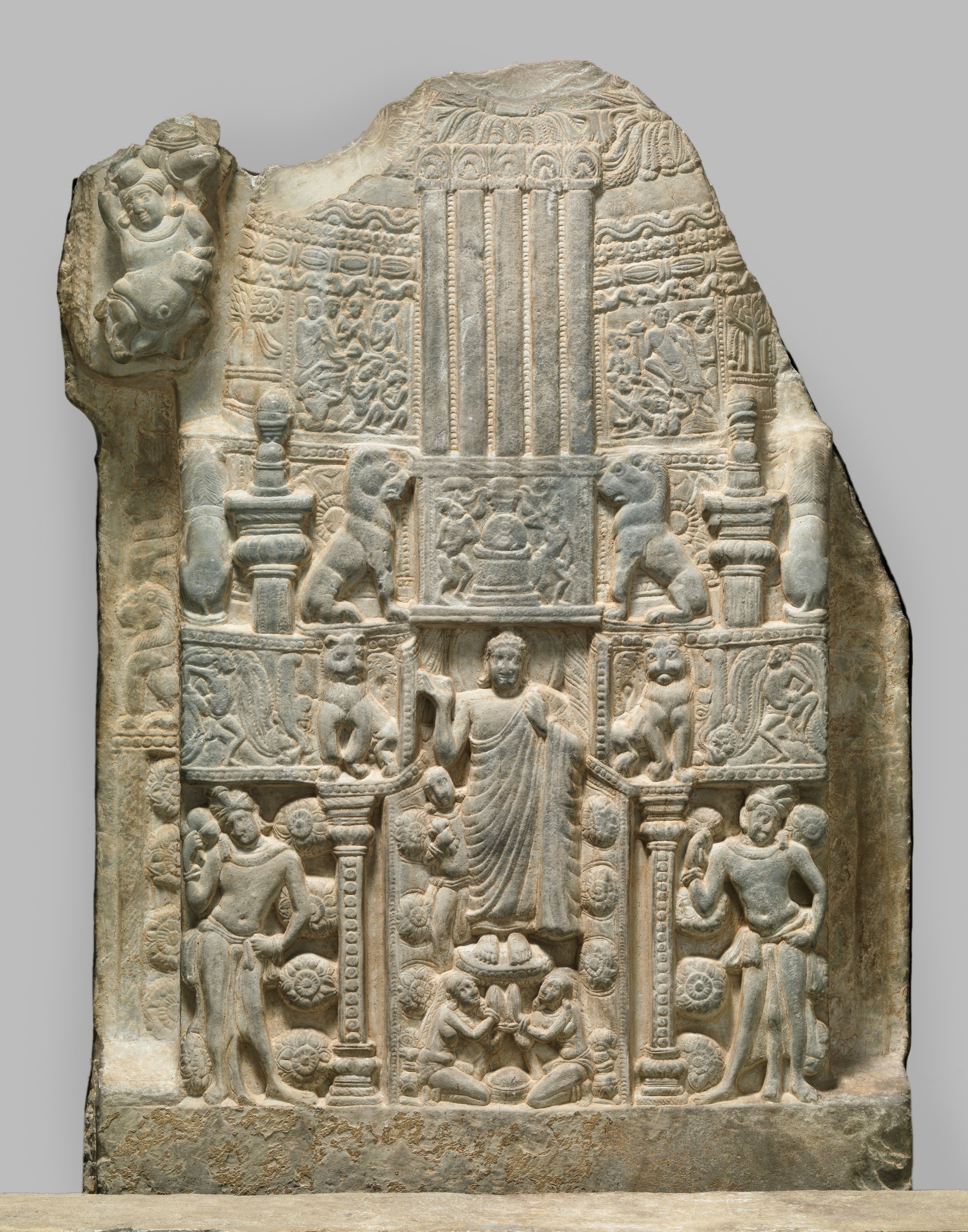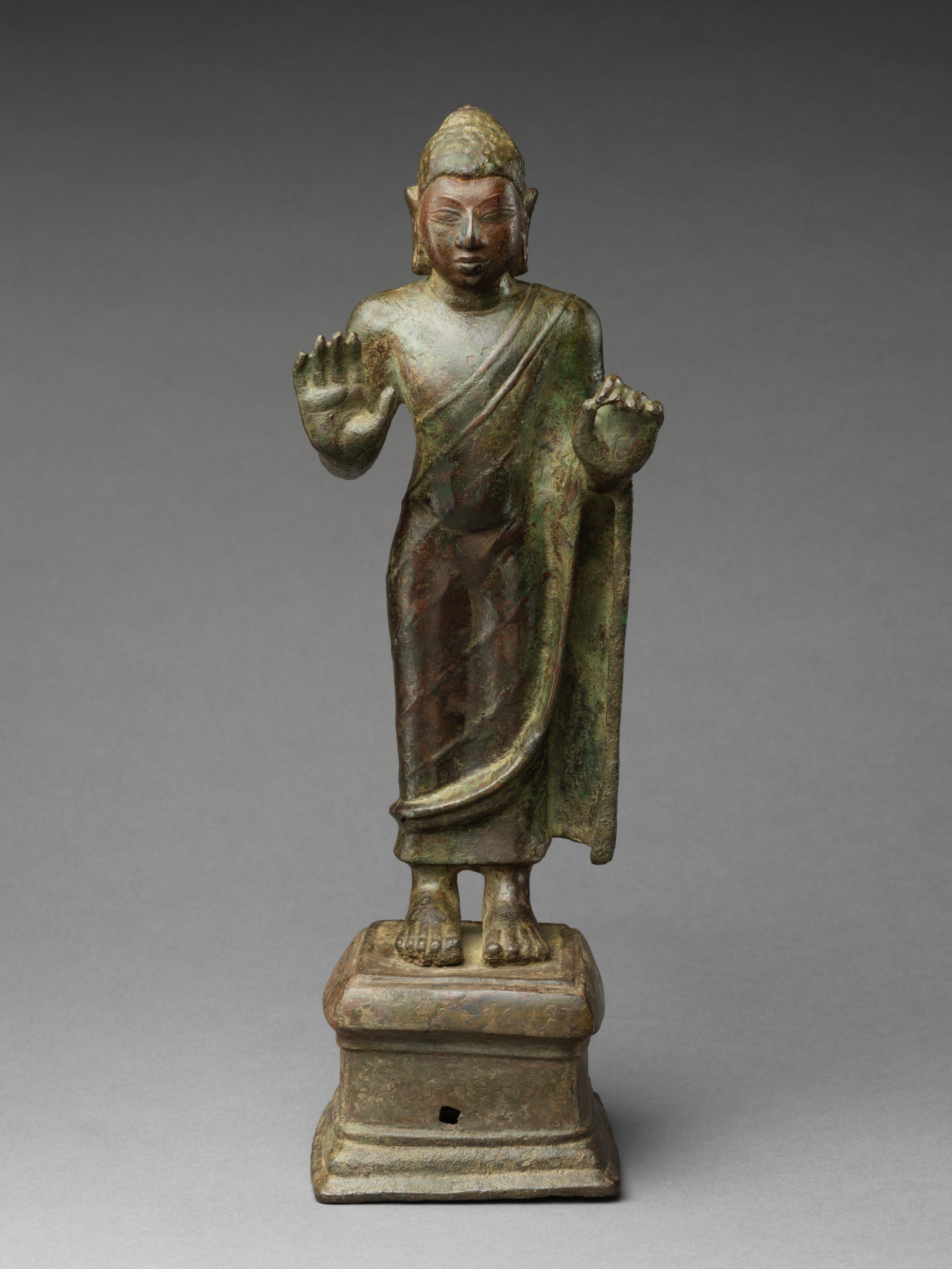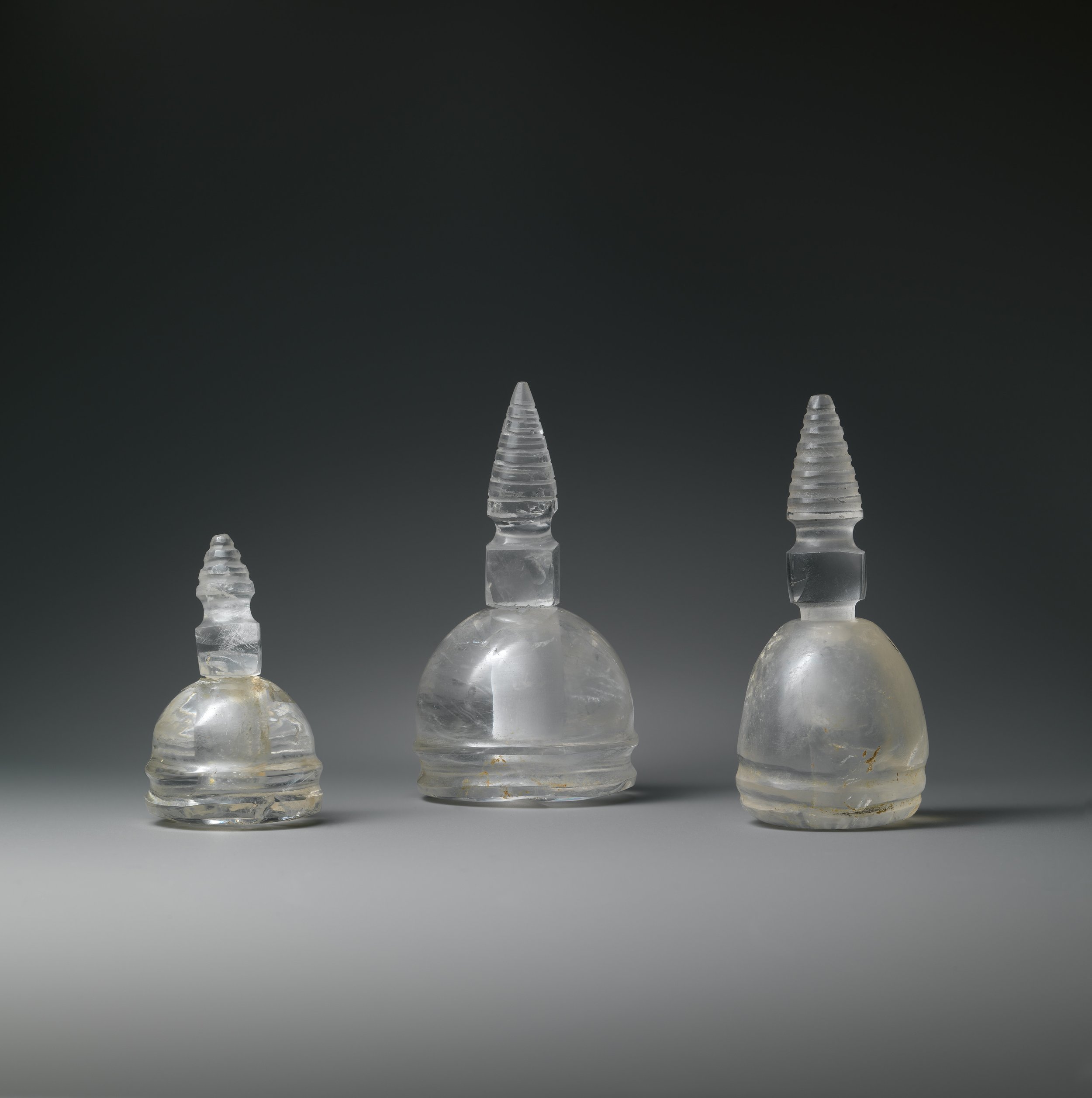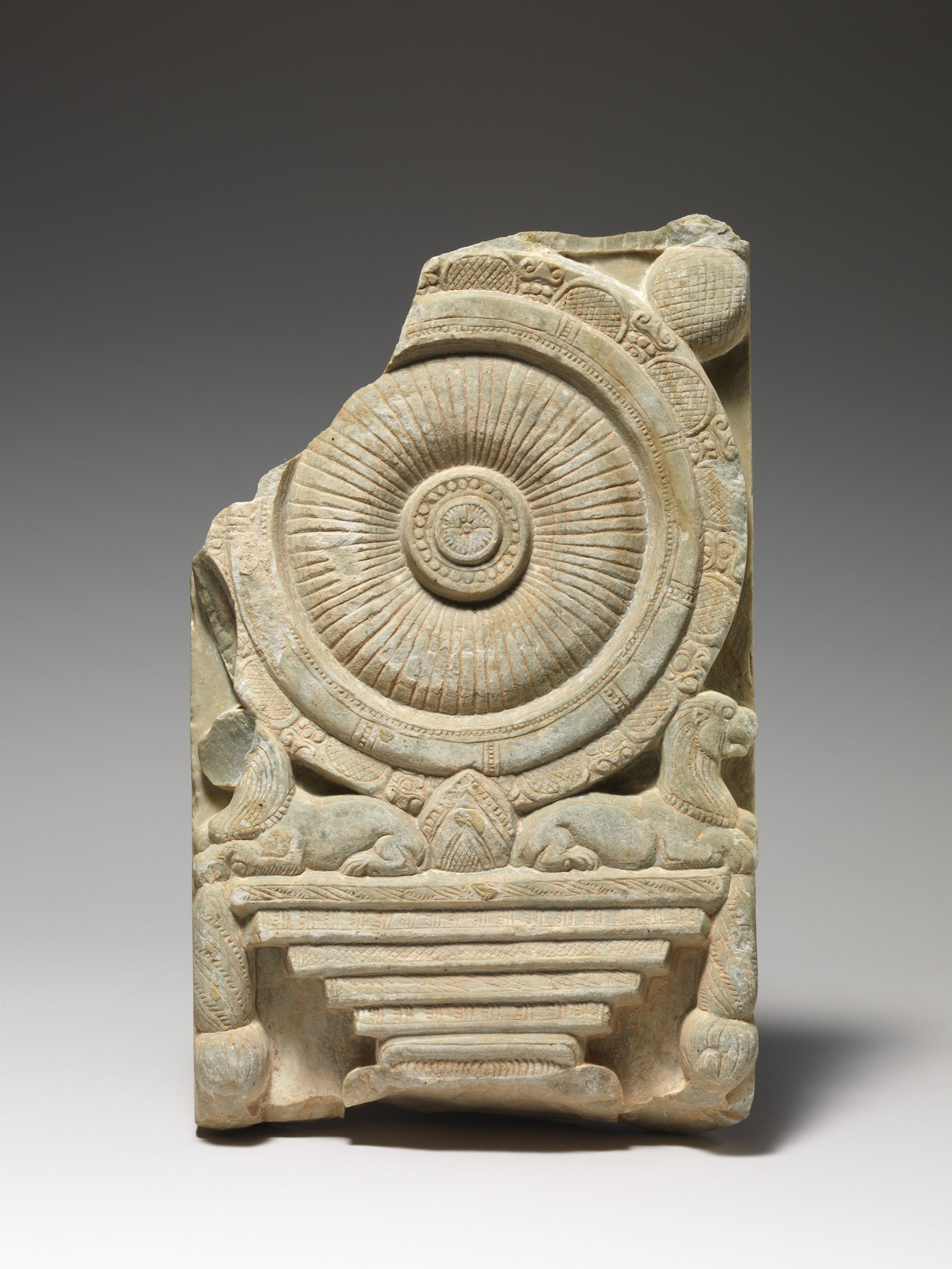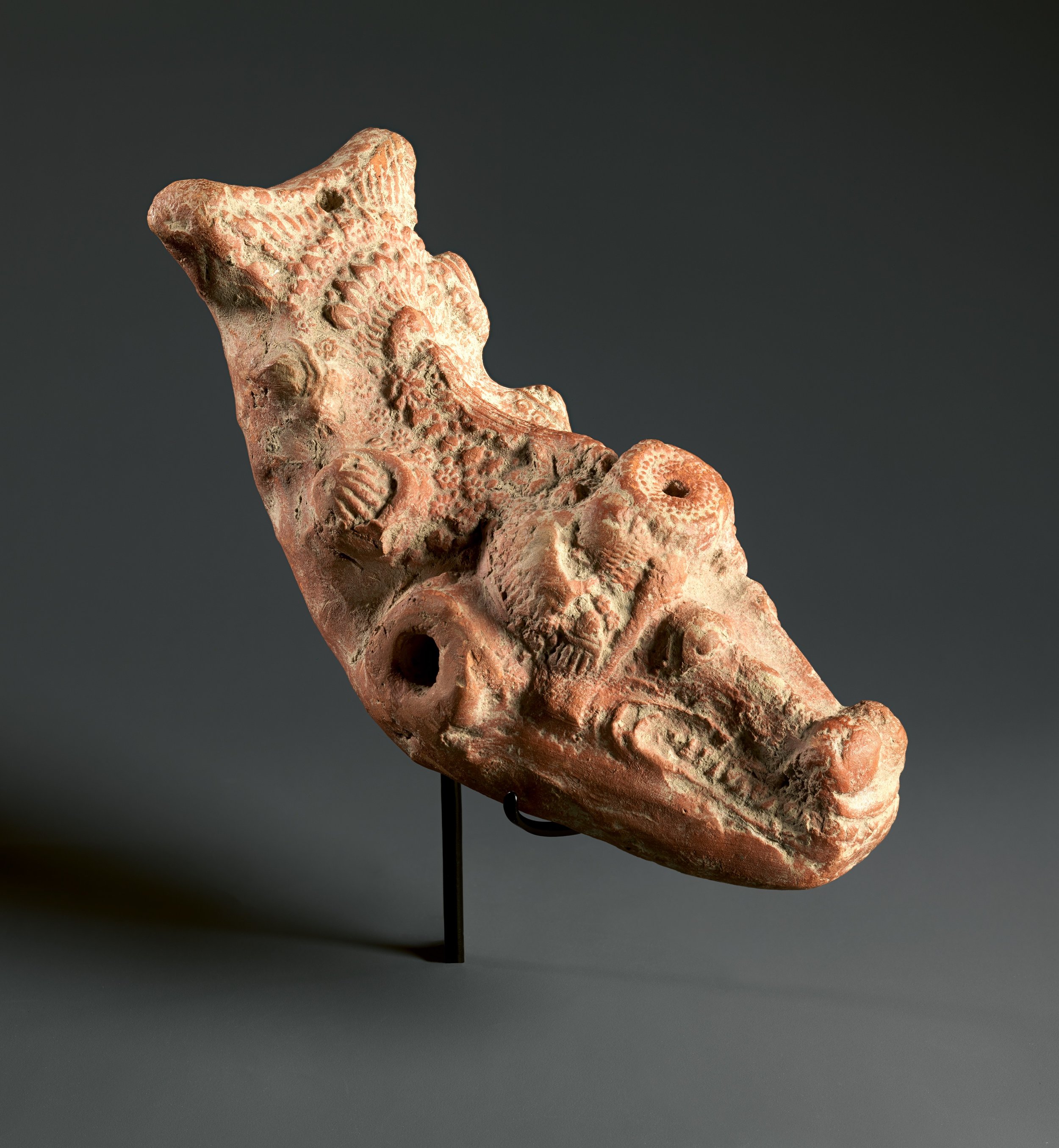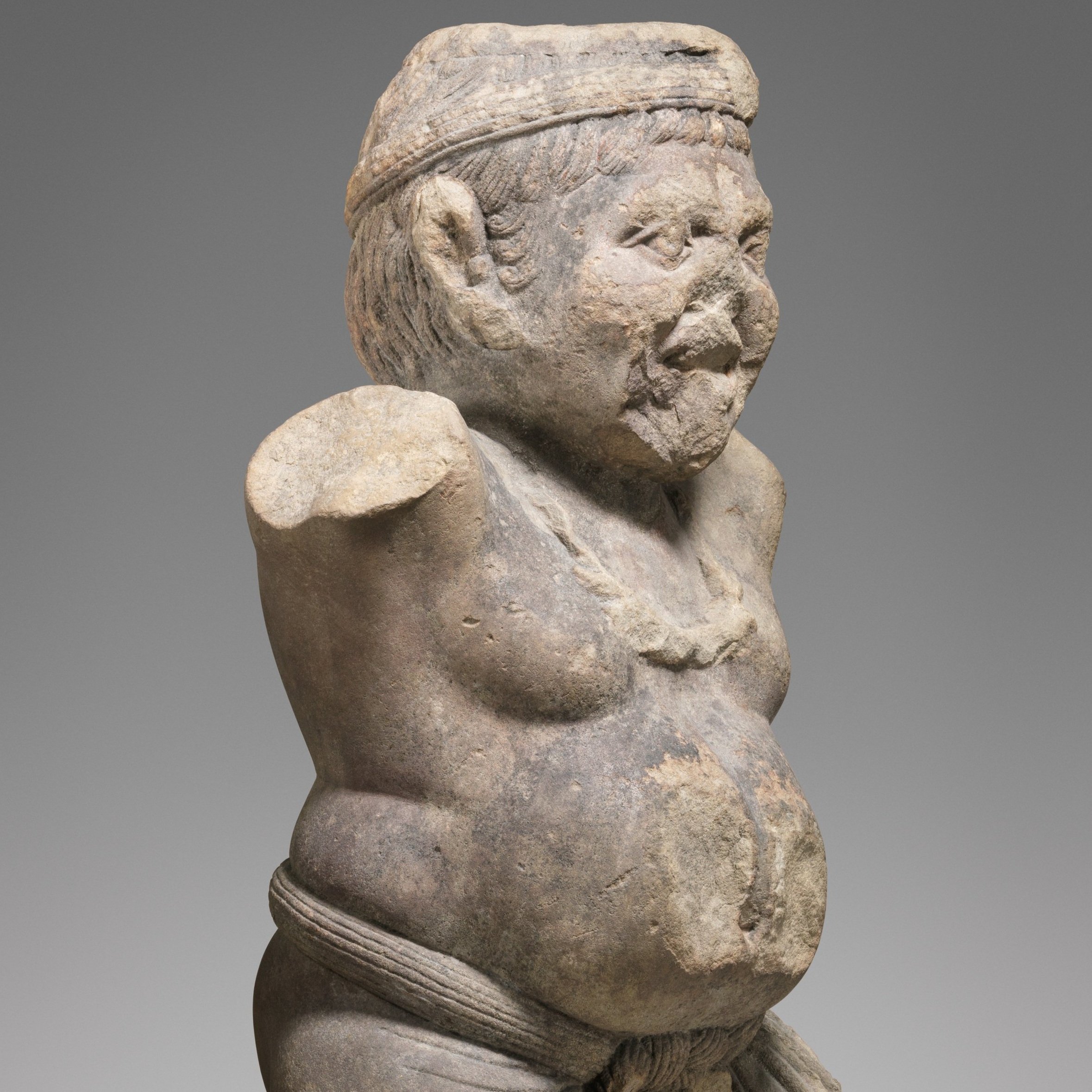Tree & Serpent: August Pick of the Month
From 18th July - 17th August, the U.K. is commemorating South Asian Heritage Month. As part of our celebrations, we are exploring The Metropolitan Museum of Art’s recently opened exhibition, Tree & Serpent: Early Buddhist Art in India.
This limestone relief (R) depicts a naga attendant holding a fly whisk. Dating the the 3rd century AD, the artefact probably ornamented an ayaka platform, neighbouring a centred scene of Buddha on a throne.
As seen by the cobra hoods rising above his face, the naga were intensely powerful nature spirits that existed in pre-Buddhist India They were closely associated with water, and were believed to have controlled the rain. Within the context of Buddhism, the nagas played an important role, as the monkhood had to be understood as having conquered their powers. As part of this, rituals were undertaken to guarantee the arrival of the monsoons.
Here, the naga is depicted as a semi-divine celebrant in royal attire. His ears are adorned with large ornaments, similar to those shown (L) which date to between the 1st century BC and the 1st century AD.
This ivory statuette was discovered in the ruins of Pompeii, an ancient Roman city that was destroyed by a volcanic eruption in 79 AD. It was found in a wooden cupboard alongside other valuable objects made out of bronze, glass, and terracotta.
The identity of the woman is debated. She may be the goddess Laksmi, an important deity worshipped throughout South Asian history, or a female nature spirit called Yakshi. The main figure is flanked by two smaller adolescent female attendants. Although this imagery is not unheard of in South Asia at the time, it was common for the Roman goddess Venus who was often accompanied by cherubs. The figure is nude but heavily decorated with jewellery and a garland. Where her central hair parting meets her forehead, she wears a jewel (cudamani).
The lower half of a near identical statuette was discovered at Bhokardan, which appears to have been a centre of ivory artistry. At the base of the statuette is the Karosthi letter “si”, which if understood as meaning sri would allude to the goddess Sri Laksmi. This imported classical imagery combined with the rich artistic culture of the Indian subcontinent in the 1st century AD. Then returning to the Roman world likely via sea trade into the Roman port of Alexandria in Egypt, as a layered representation of a deity with an idealised female body appreciated by both communities but interpreted differently.
Worn as cloak clasps, this pair of bronze medallions with portrait busts reflect naturalism atypical of the portrait imagery found on similar Satavahana or Kushana artefacts. Dating to the 1st century AD, they depict male figures in 3/4 view, positioning that originated in earlier Hellenistic portraiture. It was employed in the mural paintings at the Ajanta Caves, which are 30 rock-carved Buddhist monuments dating from 2nd century BC to their abandonment circa 500 AD.
The medallions exhibit the artistic and cultural exchange that occurred between the Eastern Mediterranean and the Indian subcontinent in antiquity. Ancient Greek influence spread into the East through the conquests on Alexander the Great in the late 4th century BC. After the segmentation of his empire upon his death, the region changed hands several times, but connection to their Greek heritage blossomed into the genre of Graeco-Buddhist art. Whilst retaining Hellenistic elements, the medallions show distinctive local features such as the ear ornaments and the coiffure hairstyle worn by the Satavahanas.
This terracotta plaque was created using a mould in the 1st century BC in Chandraketugarh, West Bengal. Large numbers of similar artefacts have been found at the site, suggesting it held an important role as a production centre for artefacts to be traded both locally, and further afield utilising the river.
The scene shows a central naked female figure who is heavily decorated by jewellery. One substantial piece is her thick belt, which accentuates her wide hips and fertility. The figure is most likely identifiable as the goddess Sri Laksmi, and embodies the idealised female beauty of the time. Although the bottom of the artefact is missing, she originally would have been shown standing on a a flowering vase of plenty, called a purnaghata.
The two holes in the top corners of the plaque indicate that it was displayed on the wall suspended by a cord, perhaps at a shrine as an offering or within the private domestic sphere, for personal worship.
The exhibition is running until 13th November 2023.
You may be interested in our video about the Ancient Art of Gandhara:
Gandhara was an ancient region located in present-day north-west Pakistan and parts of north-east Afghanistan. Gandharan sculpture is characterised by its combination of Greek and Buddhist styles, highly influenced by the conquest of Alexander the Great in 327 BC.
(Written by Han Parker on behalf of Athena Art Foundation, August 2023)
